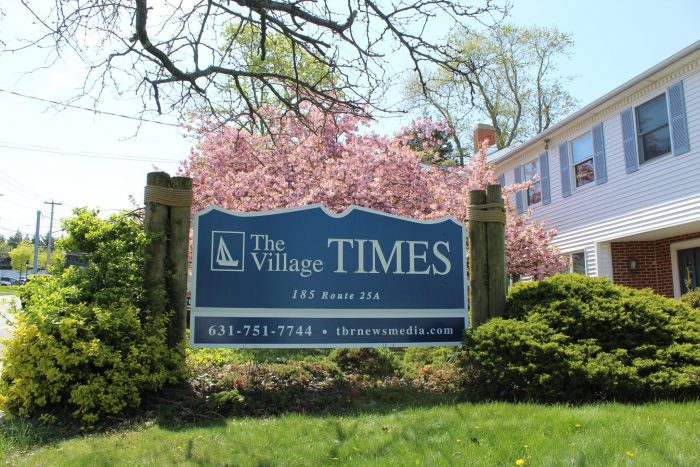Letters to the Editor: April 25 2024
Tag and bake sale at historic Stony Brook Community Church
Deborah Davis invited two preachers 215 years ago to come to Stony Brook and establish a new church which would meet in her home. This was the start of the Stony Brook Community Church., and its first offering collected a then-impressive $1.31. Unfortunately this rate of contributions did not continue as the collection for the entire first year was $2.56.
In 1817, several denominations joined together to stop worshiping in Mrs. Davis’ house — which still stands across the street from the church — and to build a simple church building. This was replaced by the current structure in 1860, at 216 Christian Ave., that Stony Brook Community Church still occupies. The church steeple, held together with pegs instead of nails, became a landmark for sailors, helping to guide them into the harbor. When in 1908, the building was in serious need of repairs, the job was done with volunteer labor for $800 for materials. Unfortunately, by the time the steeple was struck by lightning in 1982, repairs had become distinctly more expensive.
On Saturday, May 4, from 10 a.m. until 3 p.m. — rain date May 5, 12 to 4 p.m. — the church is hosting a tag and bake sale to help make up for the way prices have increased since that first offering in 1809. The historic church building and the equally historic cemetery — the oldest grave dating to 1813 — will be open to visitors during the sale.
Tag and Bake Sale Committee
Stony Brook Community Church
Happy 190th anniversary to Long Island Rail Road
Let us all wish a happy 190th anniversary to the Long Island Rail Road. On April 24, 1834, the Long Island Rail Road was officially chartered by the State of New York to run from the Brooklyn waterfront 95 miles east to Greenport. In 1900, the Pennsylvania Railroad bought a controlling interest as part of its plan for direct access to Manhattan which began on September 8, 1910. The Pennsylvania Railroad subsidized the LIRR into the late 1940s. This provided the financial basis for support of expansion and upgrades to service and infrastructure.
At the end of World War II, there began a decline of our LIRR with a corresponding loss of farebox revenues. The Pennsylvania Railroad began to reduce financial support as well. This played a part in the LIRR going into receivership in 1949. In recognition of the role the LIRR played in the economy of both Long Island and NYC, New York State began providing financial assistance to the LIRR in the 1950s and 1960s.
The “Line of the Dashing Dan” was officially chartered on April 24, 1965, by the State of New York. In 1966, NYS bought the railroad’s controlling stock from the Pennsylvania Railroad and put it under the newly-formed Metropolitan Commuter Transportation Authority. The MCTA changed its name to the Metropolitan Transportation Authority in 1968 when it took over operations of the NYC Transit Authority.
With MTA subsidies, the LIRR modernized further and grew into the busiest commuter railroad in the United States. Over the past 50 years, several billion dollars in combined county, city, state and federal taxpayer-generated dollars have subsidized both the capital and operating costs for the LIRR.
Riders must remember that fare hikes are periodically required if the MTA is to provide the services millions of New Yorkers use daily.
Larry Penner
Great Neck







